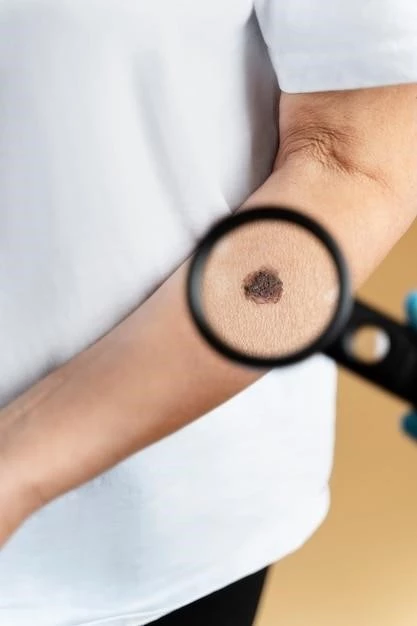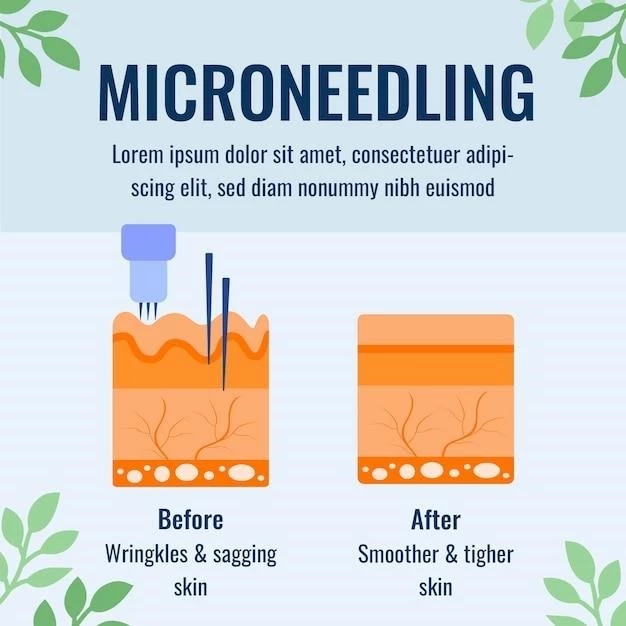Understanding Epidermolysis Bullosa‚ Generalized Atrophic Benign
Epidermolysis Bullosa‚ Generalized Atrophic Benign is a rare genetic disease that affects the skin‚ causing fragility and blistering. Learn about the symptoms‚ complications‚ and ways to diagnose and treat this condition. Understanding EB is crucial for effective management.
Overview of Epidermolysis Bullosa
Epidermolysis Bullosa‚ Generalized Atrophic Benign (GABEB) is a rare subtype of EB‚ characterized by skin fragility‚ blisters‚ wounds‚ and scarring. This genetic disorder‚ inherited in an autosomal recessive manner‚ affects the proteins collagen and keratinocytes‚ crucial for skin structure. The underlying cause lies in mutations affecting anchoring fibrils that connect the dermis to the epidermis‚ leading to skin fragility.
Individuals with GABEB experience blistering from minor friction or trauma‚ with wounds healing slowly and leaving scars. Itching‚ pain‚ and inflammation are common symptoms. Dystrophic EB affects the dermis‚ Junctional EB involves the junction between the dermis and epidermis‚ while EB Simplex affects the epidermis. Proper diagnosis by a dermatologist or geneticist is crucial for tailored treatment.
Management focuses on wound care‚ pain relief‚ infection prevention‚ and nutritional support. Treatments include bandaging using non-stick dressings‚ protective padding‚ and topical ointments. Regular monitoring by a healthcare team is essential to address complications promptly. Psychological support and counseling can aid in coping with the challenges of living with GABEB.
Understanding the Skin in EB
Epidermolysis Bullosa (EB) affects the skin due to its decreased ability to sustain mechanical stress‚ leading to blistering and lesions. The skin is composed of two main layers⁚ the epidermis and the dermis. In individuals with EB‚ the anchoring fibrils that attach the layers are compromised‚ causing skin fragility.
The epidermis‚ the outermost layer of the skin‚ houses keratinocytes responsible for skin strength and elasticity. In EB‚ mutations in genes encoding these structural proteins lead to blister formation upon minor trauma. The dermis‚ located beneath the epidermis‚ contains collagen fibers that provide structural support to the skin.
Understanding the skin’s structure in EB is crucial for comprehending the pathophysiology of blistering and wound formation. The interaction between collagen‚ keratinocytes‚ and anchoring fibrils is disrupted in individuals with EB‚ resulting in the hallmark symptom of blistering. Proper care and protection of the skin are vital to prevent complications and promote healing.

Types of EB⁚ Dystrophic‚ Junctional‚ and More
Epidermolysis Bullosa (EB) encompasses various types‚ each affecting different layers of the skin. Dystrophic EB impacts the dermis‚ leading to severe blistering‚ scarring‚ and joint contractions. Junctional EB affects the junction between the dermis and epidermis‚ resulting in fragile skin and mucous membranes.
Other subtypes include EB Simplex‚ which primarily affects the epidermis‚ causing blistering limited to areas of friction. Kindler Syndrome combines features of EB Simplex and Dystrophic EB‚ leading to blistering‚ photosensitivity‚ and skin fragility.
Understanding the different types of EB is essential for accurate diagnosis and targeted management strategies. While all types share the common trait of skin fragility and blistering‚ the specific layers affected and the severity of symptoms may vary. Genetic testing plays a crucial role in identifying the subtype of EB and guiding treatment decisions.
Symptoms and Complications
Individuals with Epidermolysis Bullosa (EB) experience a range of symptoms and complications due to the fragility of their skin. Common symptoms include blistering‚ wounds‚ scarring‚ itching‚ pain‚ and inflammation. Blisters may form in response to minor friction or trauma and can lead to delayed wound healing.
Complications of EB include an increased risk of infection due to compromised skin integrity. Chronic pain from blistering and scarring can affect daily activities and quality of life. Itching and inflammation can also contribute to discomfort and skin damage if not managed effectively.
Regular monitoring by healthcare providers is crucial to prevent and address complications promptly. Proper wound care‚ infection prevention‚ pain management‚ and addressing nutritional needs are key components of managing EB symptoms and reducing the risk of associated complications. Collaborating with a multidisciplinary team can help individuals with EB maintain optimal skin health and overall well-being.
Diagnosis and Treatment Options
Diagnosing Epidermolysis Bullosa (EB) involves a comprehensive evaluation‚ including a physical examination‚ family history assessment‚ and genetic testing. Skin biopsies may be performed to identify the specific subtype of EB and guide treatment decisions. Consultation with a dermatologist or geneticist is essential for an accurate diagnosis.
Treatment options for EB focus on managing symptoms‚ promoting wound healing‚ and preventing complications. Strategies may include wound care using non-stick dressings‚ protective padding‚ and topical ointments to reduce friction and protect the skin. Pain management techniques‚ such as analgesics or topical anesthetics‚ can help alleviate discomfort.
Other interventions may involve infection prevention measures‚ nutritional support‚ and addressing psychosocial needs. Surgical procedures‚ such as esophageal dilation for swallowing difficulties in Junctional EB‚ may be necessary in some cases. Collaborating with a healthcare team experienced in managing EB can provide comprehensive care and support tailored to individual needs.
Living with EB⁚ Coping Strategies and Support
Living with Epidermolysis Bullosa (EB) can present challenges‚ both physically and emotionally. Coping strategies play a vital role in managing the impact of EB on daily life. Seeking support from healthcare professionals‚ support groups‚ and mental health services can provide valuable resources and guidance.
Developing a skin care routine that includes gentle cleansing‚ moisturizing‚ and proper wound care can help maintain skin health and prevent complications. Avoiding activities that may trigger blistering and adapting lifestyle choices to reduce friction on the skin can also promote comfort and well-being.
Educating family members‚ caregivers‚ and school personnel about EB and its management is essential in creating a supportive environment. Open communication and sharing experiences with others facing similar challenges can foster a sense of community and understanding.
It is important for individuals with EB to prioritize self-care‚ emotional well-being‚ and quality of life. By incorporating coping strategies‚ seeking support‚ and staying informed about the latest advances in EB management‚ it is possible to enhance overall resilience and navigate the complexities of living with this rare genetic condition.
